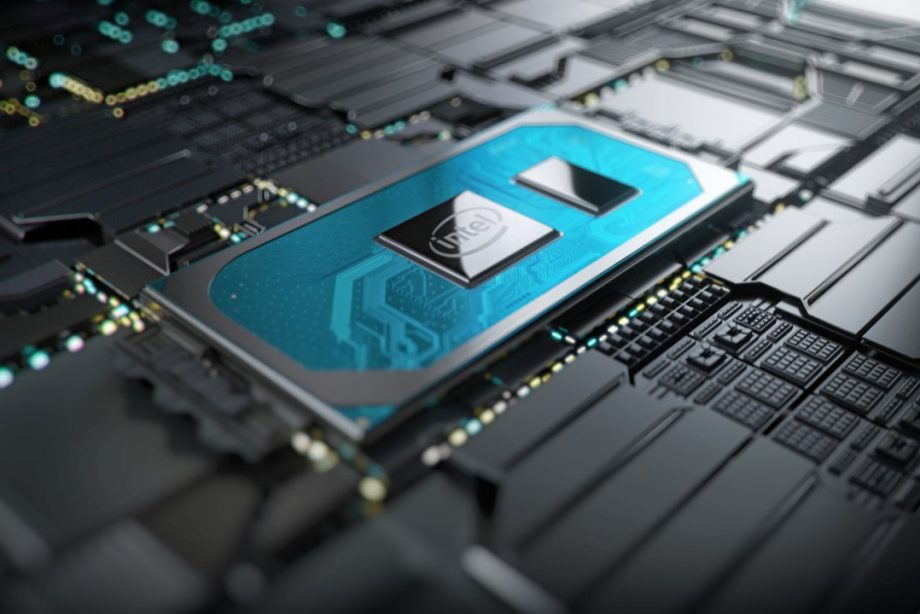DrMrLordX
Lifer
- Apr 27, 2000
- 23,133
- 13,230
- 136
Not at 28 W. H35 is 3 Ghz at 28 W, albeit I believe that's using AVX-512.
I was merely listing TDP values and official boost figures. All AVX/AVX2/AVX-512 workloads will lower the all-core boost. As we also know, Intel CPUs frequently exceed listed TDP values. The point of the mental exercise was to evaluate (based on Tiger Lake-U on 10SF) whether or not 8c Golden Cove/Alder Lake-S could reach clocks of ~4.7 GHz (in non-AVX workloads) in a TDP of 105W/actual power envelope of 142W. I'm pretty sure it could. The added Gracemont cores will of course add a few watts more.





